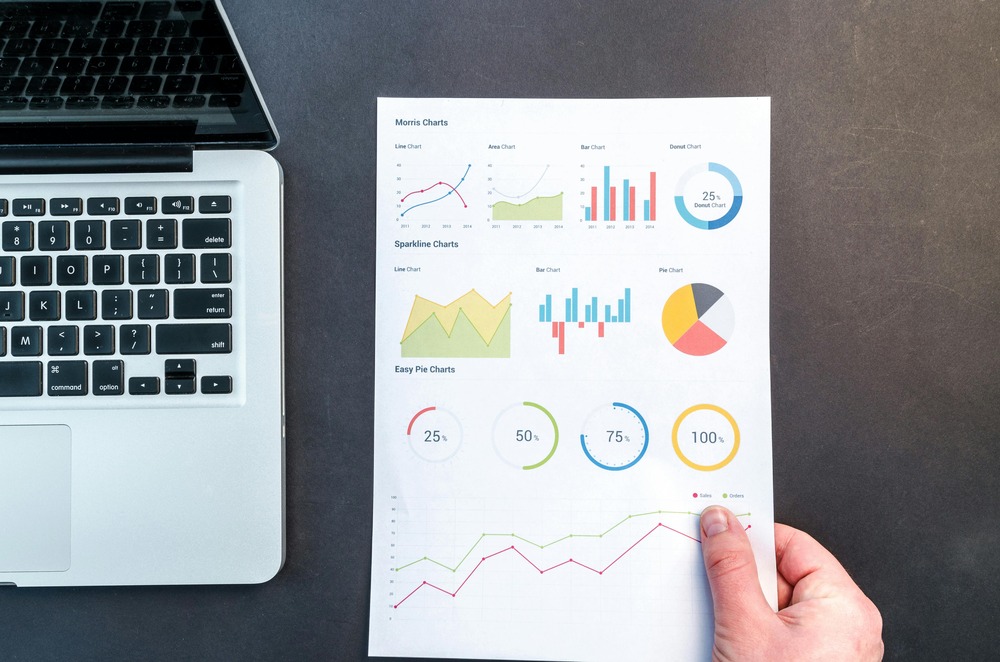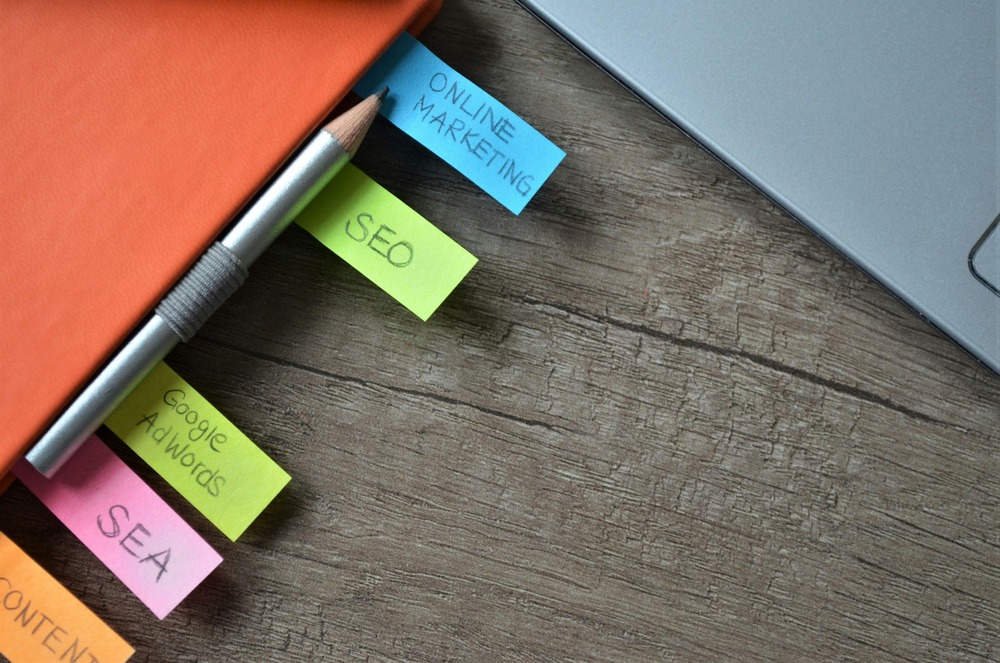In today's fast-paced digital landscape, selecting the right advertising platform can make or break your marketing strategy. With numerous options available, from social media giants to search engines, making an informed decision is crucial. This blog will explore various digital advertising platforms, backed by rich statistics and data, to help you choose the best fit for your business. 📊

Understanding the Digital Advertising Landscape
The digital advertising market has been growing exponentially. According to recent statistics, global digital ad spending is projected to reach $645 billion by 2024, up from $455 billion in 2021. This growth is driven by the increasing number of internet users and the shift of traditional advertising budgets to digital channels.
Here’s a breakdown of the digital advertising spending by platform in 2023:
| Platform | Estimated Spending (in billions) | Market Share (%) | 📈 Growth Rate (%) |
|---|---|---|---|
| Google Ads | $227 | 35% | 10% |
| Facebook Ads | $113 | 18% | 8% |
| Amazon Advertising | $40 | 6% | 20% |
| LinkedIn Ads | $15 | 2% | 15% |
| Twitter Ads | $5 | 1% | 5% |
| Other Platforms | $245 | 23% | 12% |
As you can see, Google Ads and Facebook Ads dominate the market, but emerging platforms like Amazon are gaining traction. Understanding these dynamics is essential for making an informed choice.
Key Factors to Consider
When choosing a digital advertising platform, consider the following factors:
-
Target Audience: Different platforms cater to different demographics. For instance, if your target audience is primarily professionals, LinkedIn might be the best choice. Conversely, if you’re targeting younger consumers, platforms like Instagram or TikTok could be more effective.
-
Ad Format: Each platform offers various ad formats, including text, image, video, and carousel ads. Choose a platform that aligns with your content strategy. For example, video ads perform exceptionally well on platforms like YouTube and TikTok.
-
Budget: Your advertising budget will significantly influence your choice. Google Ads operates on a pay-per-click (PPC) model, which can be cost-effective if managed properly. On the other hand, platforms like Facebook offer flexible budgeting options, allowing you to set daily or lifetime budgets.
-
Analytics and Reporting: Robust analytics tools are essential for measuring the success of your campaigns. Platforms like Google Ads provide detailed insights into ad performance, helping you optimize your strategy.
Comparing Popular Platforms
To help you visualize the differences between popular digital advertising platforms, here’s a comparison table:
| Platform | Best For | Average CPC ($) | Ad Formats Available | Analytics Tools Available |
|---|---|---|---|---|
| Google Ads | Search Intent | 2.69 | Text, Display, Video | Google Analytics, AdWords |
| Facebook Ads | Social Engagement | 0.97 | Image, Video, Carousel | Facebook Insights |
| Amazon Advertising | E-commerce | 1.20 | Sponsored Products, Display | Amazon Attribution |
| LinkedIn Ads | B2B Marketing | 5.26 | Sponsored Content, InMail | LinkedIn Analytics |
| Twitter Ads | Brand Awareness | 0.50 | Promoted Tweets, Trends | Twitter Analytics |
The Importance of A/B Testing
Regardless of the platform you choose, A/B testing is a critical component of any successful digital advertising strategy. By testing different ad creatives, targeting options, and bidding strategies, you can identify what resonates best with your audience.
For instance, a recent study found that businesses that regularly conduct A/B tests see a 20-30% increase in conversion rates. This statistic highlights the importance of data-driven decision-making in digital advertising.
Conclusion
Choosing the right digital advertising platform requires careful consideration of your target audience, budget, and advertising goals. By leveraging data and analytics, you can make informed decisions that drive results.
For more insights on digital marketing strategies, check out HubSpot or Neil Patel. These resources provide valuable information that can help you refine your advertising approach and maximize your ROI.
In summary, the digital advertising landscape is vast and ever-evolving. By understanding the strengths and weaknesses of each platform, you can tailor your advertising strategy to meet your business objectives. Happy advertising! 🚀




